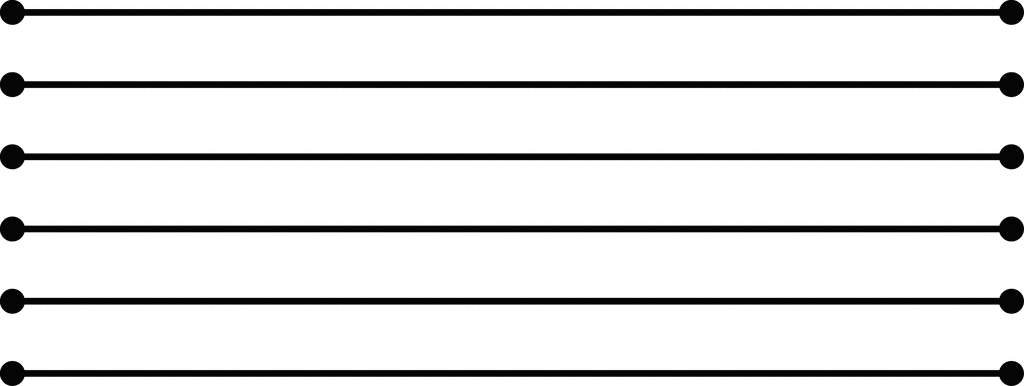Unit 4 (Modules 18-19) Flashcards
vision + theories & eye anatomy (87 cards)
, Our eyes receive light energy and transduce it into neural messages… What does transduce mean?
Module 18
[to] transform
Fill in the blank:
Light travels in ____________, and the shape of those waves ____________ what we see.
Module 18
- waves
- influences
The distance from the peak of one light or sound wave to the peak of the next is called a light’s what? (1)
(1) = 1 answer/part
Module 18
wavelength
Fill in the blank for the following:
Wavelength determines ____________, the color we experience, such as the tulip’s red petals or green leaves.
Module 18
hue
What is the dimension of color that is determined by the wavelength of light (what we know as the color names blue, green, etc.) called? (1)
(1) = 1 answer/part
Module 18
hue
What is another name or synonym for the word: amplitude?
Ex: A light wave’s amplitude determines its intensity.
Module 18
height
What influences a wave’s intensity? (1)
(1) = 1 answer/part
Module 18
[the] wave’s amplitude
The amount of energy in a light wave or sound wave, which influences what we perceive as brightness or loudness is defined as what? (1)
(1) = 1 answer/part
Module 18
intensity
What influences brightness (what we perceive as bright or loudness) or loudness? (1)
(1) = 1 answer/part
Module 18
intensity
Light enters the eye through what part of the eye? (1)
(1) = 1 answer/part
Module 18
[the] cornea
The eye’s clear, protective outer layer, covering the pupil and iris is called the what?
Module 18
[the] cornea
After light passes through the cornea, what part of the eye does light passes through next? (1)
(1) = 1 answer/part
Module 18
[the] pupil
The adjustable opening in the center of the eye through which light enters is defined as what part of the eye?
Module 18
[the] pupil
In response to light intensity, what colored muscle dilates or constricts in response? (1)
(1) = 1 answer/part
Module 18
[the] iris
A ring of muscle tissue that forms the colored portion of the eye around the pupil and controls the size of the pupil opening is called the what?
Module 18
[the] iris
True or false:
Each iris (in the eye) is so distinctive that an iris-scanning machine can confirm your identity.
Module 18
true
The iris responds to what two kind of states?
Module 18
- cognitive [state]
- emotional [state]
After passing through your pupil, light hits what in your eye? (1)
(1) = 1 answer/part
Module 18
[the] transparent lens
The transparent structure behind the pupil that changes shape to help focus images on the retina is called..? (1)
(1) = 1 answer/part
Module 18
[the] lens
The lens in your eye focuses the light rays into an image on what part of your eye? (1)
(1) = 1 anwer/part
Module 18
[your] retina
What defines the following?:
The light-sensitive inner surface of the eye, containing the receptor rods and cones plus layers of neurons that begin the processing of visual information
Module 18
[the] retina
What does the retina contain? (3)
(3) = 3 answers/parts
Module 18
- receptor rods
- receptor cones
- layers of neurons
To focus the rays, the lens changes it curvature and thickness in a process called what?
Module 18
accomodation
When the eye lens changes shapte to focus near or far object on the retina, this process is called what?
Module 18
accommodation
 Which rule/principle fits the defintion?
## Footnote
Module 19
Which rule/principle fits the defintion?
## Footnote
Module 19


